The best wide-angle lenses for Nikon DSLRs
A good camera with these super-wide lenses can do wonders.
While it is possible to use DX format super-wide-angle lenses on full frame Nikons, it's for emergencies only because the camera has to work in its crop mode, where it loses more than half of its resolution. So as with full frame Canon DSLRs, you need to invest in full frame super-wide-angle lenses to go with your full frame Nikon.
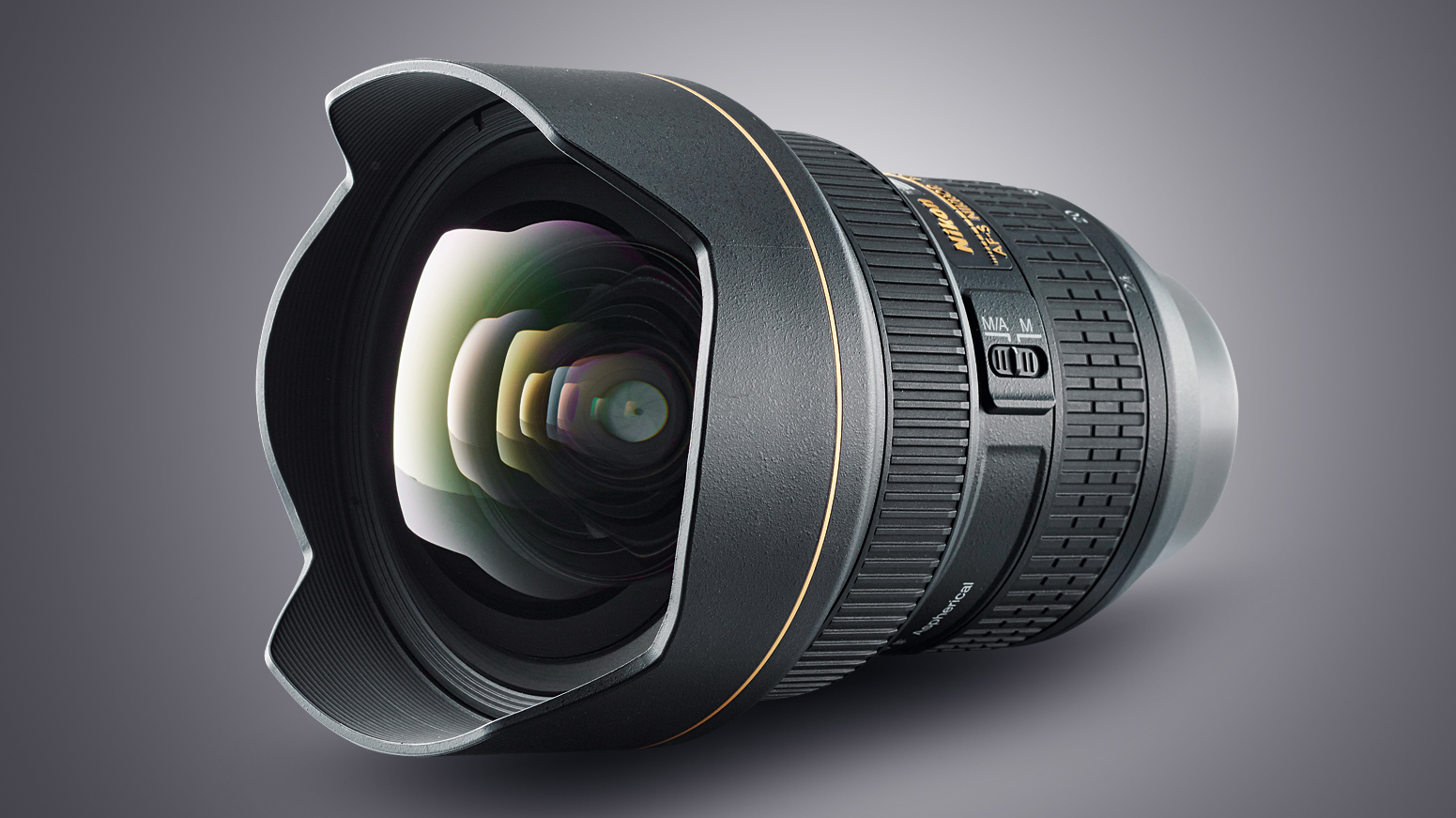
1. Nikon AF-S 14-24mm f/2.8G ED
Specifications
Reasons to buy
Reasons to avoid
This is Nikon's top super-wide-angle zoom for its full frame DSLRs and it's a stunner. It doesn't quite deliver the widest angle of view, but it comes close, and it does this with a constant f/2.8 maximum aperture and superb image quality – and with a level of distortion and aberration control that's quite remarkable. Of course, this comes at a price, and not just in financial terms. It's not just expensive, it's also big and heavy, with a massively bulbous front element that requires a fixed, petal-shaped lens hood and prevents the use of regular filters. Autofocus is incredibly fast – faster than all its rivals.
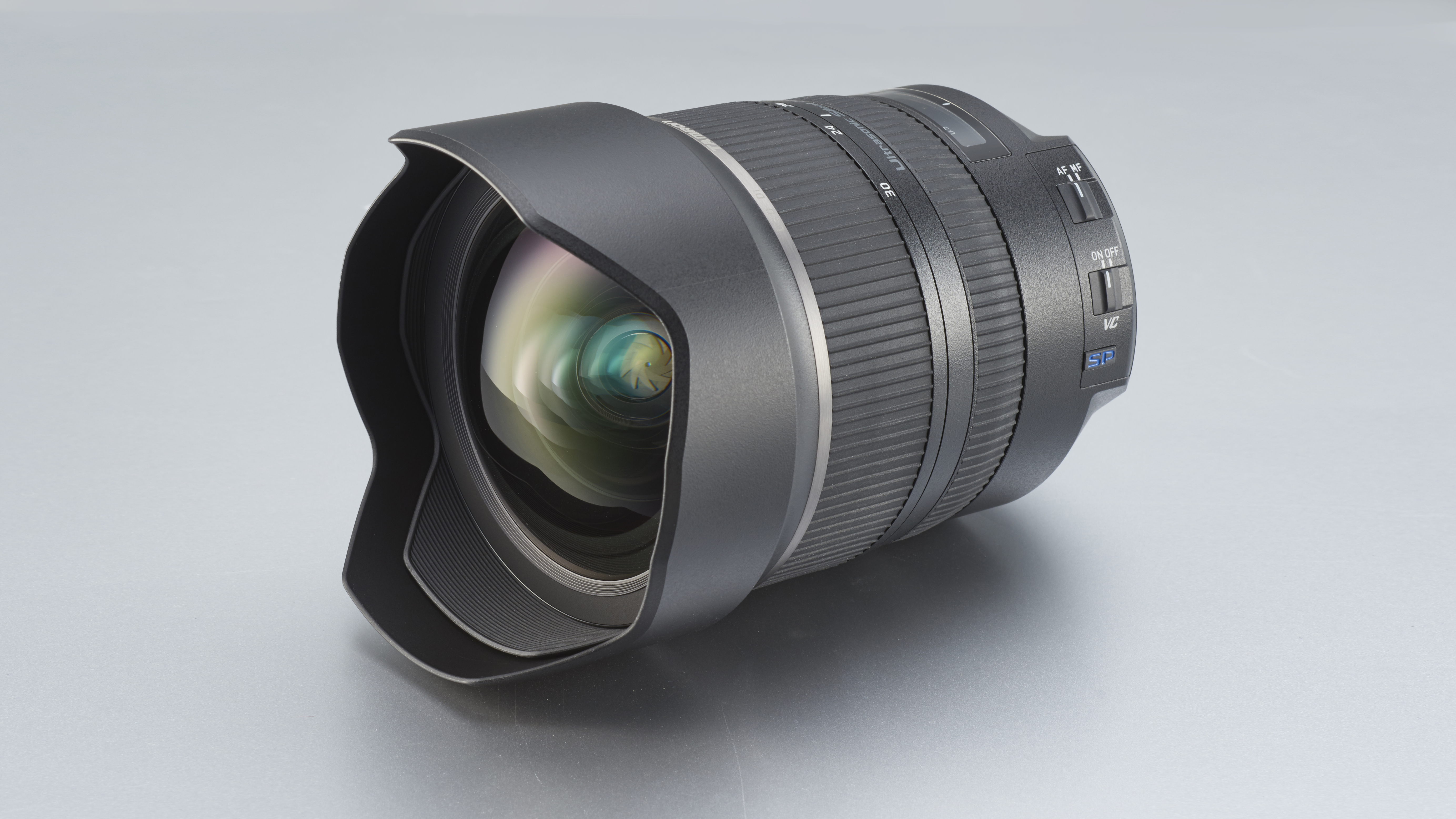
2. Tamron 15-30mm f/2.8 DI VC USD for Nikon
Specifications
Reasons to buy
Reasons to avoid
This Tamron lens doesn't go quite as wide as Nikon's 14-24mm, but it's still wider than most. Tamron has developed a line of 'fast' zoom lenses that have a constant, wide f/2.8 aperture, complete with optical image stabilization or VC (Vibration Compensation), and this 15-30mm takes the lineup into super-wide-angle territory, continuing the themes of impressive build quality, weather-sealed design, ring-type ultrasonic autofocus and image stabilization. It's a big lens, but it feels well balanced on full frame Nikon bodies. Sharpness is exemplary from the centre to the extreme edges of images, throughout the zoom range. Colour fringing is controlled well and the VC (Vibration Compensation) gave a four-stop benefit in our tests.
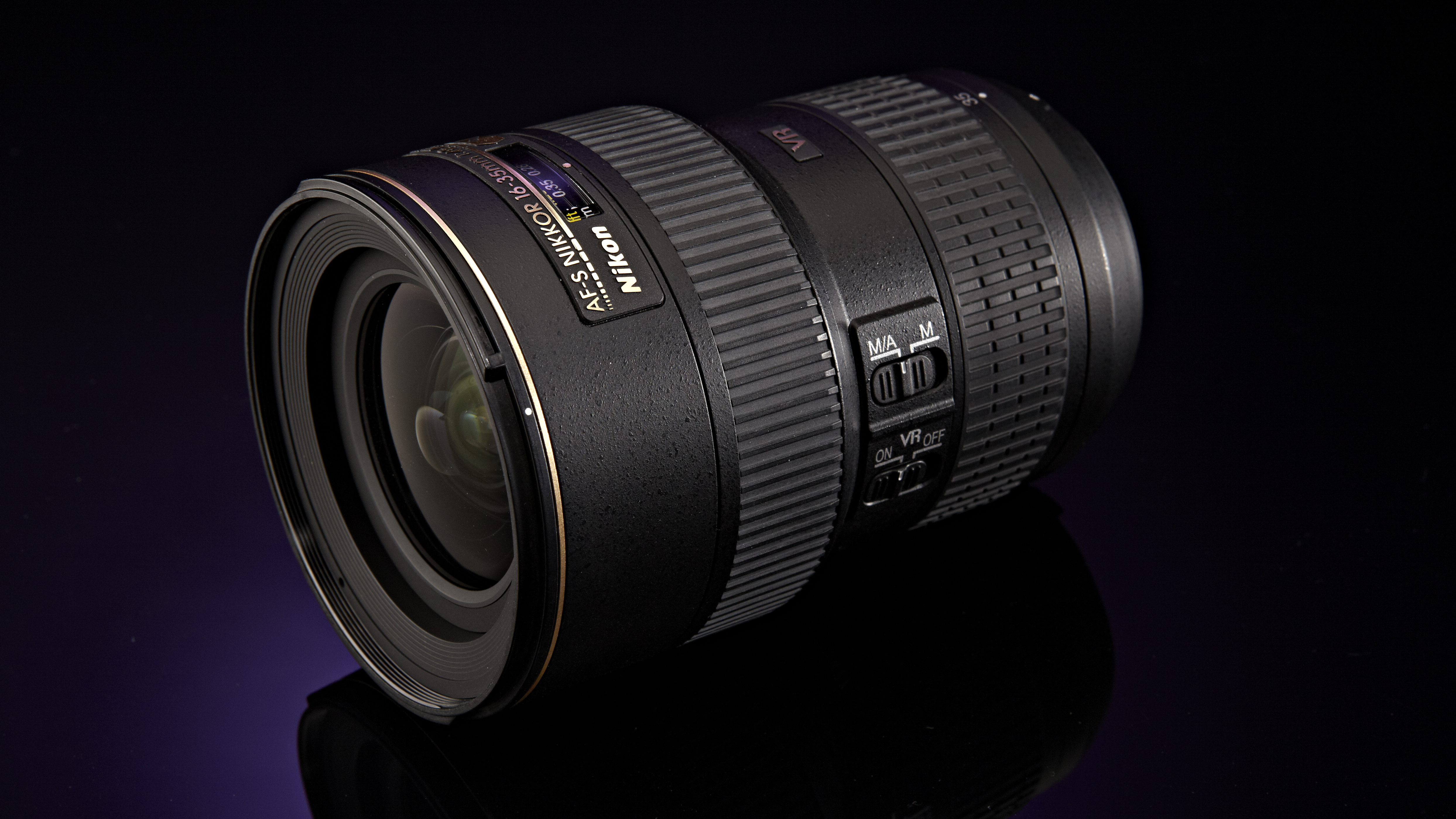
3. Nikon AF-S 16-35mm f/4G ED VR
Specifications
Reasons to buy
Reasons to avoid
This was Nikon's first ultra-wide optic to feature an optical stabilizer. It's based on Nikon's second-generation VR (Vibration Reduction) system, and gives a four-stop benefit in beating camera-shake. It can't match the focal range and maximum aperture of the Nikon 14-24mm or Tamron 15-30mm, but it has proved a popular, lighter alternative for landscape photographers – especially since you can fit regular filters to the front. Other attractions include ring-type ultrasonic autofocus, a weather-sealed mounting plate and fast, ring-type ultrasonic autofocus which is practically silent and enables full-time manual override. Image quality is good although barrel distortion is very noticeable at the 16mm focal length.
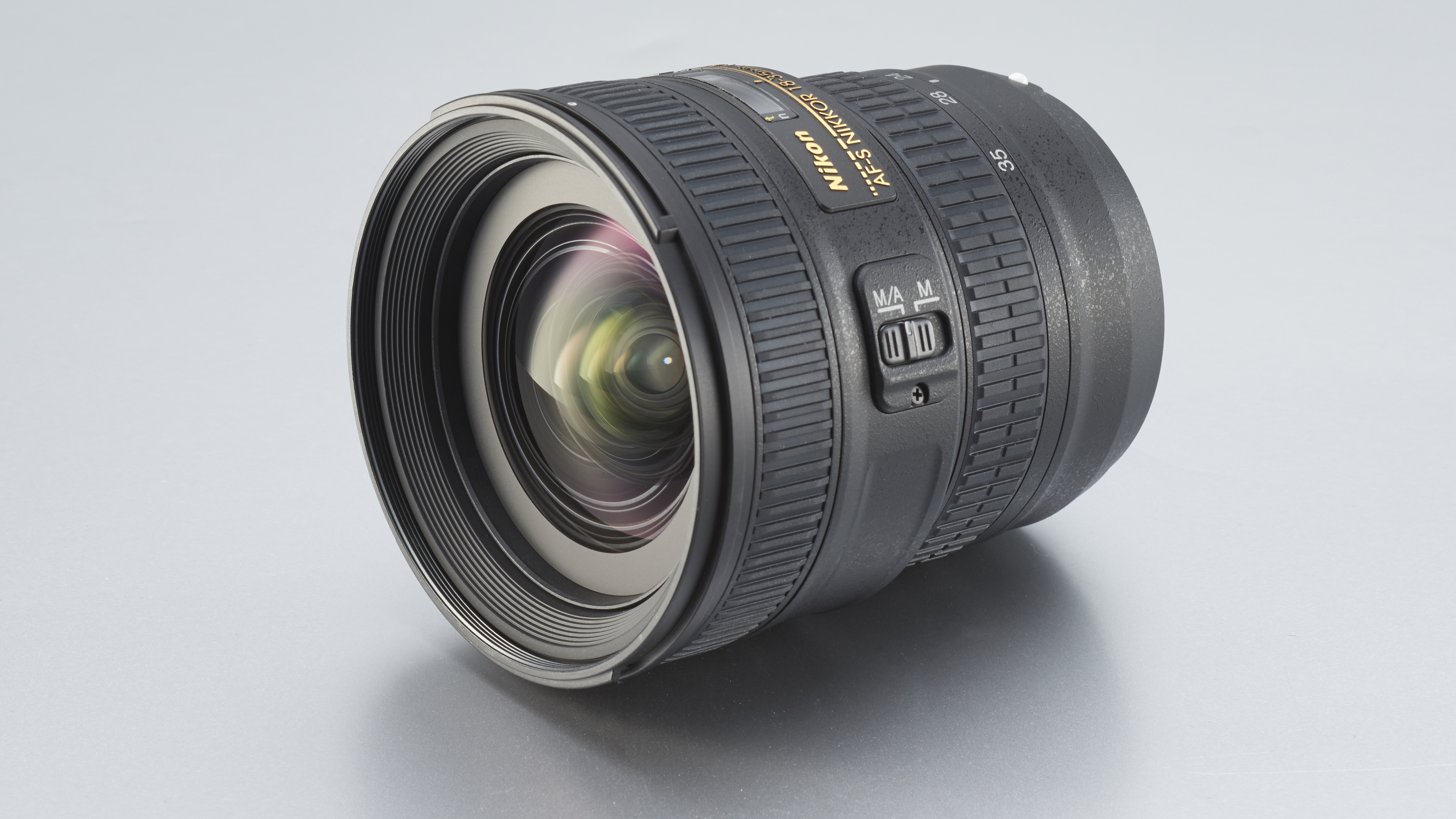
4. Nikon AF-S 18-35mm f/3.5-4.5G ED
Specifications
Reasons to buy
Reasons to avoid
This variable-aperture zoom is smaller and cheaper than the Nikon 14-24mm and 16-35mm lenses. You lose a little in angle of view and the variable maximum aperture is a cost saving that hints at a more amateur audience. This lens also lacks the VR (Vibration Reduction) facility of the Nikon 16-35mm lens, though the overall build quality feels of an equally good standard. Another downgrade is that the 18-35mm lens has Nikon's Super Integrated Coating rather than Nano Crystal Coating, but its resistance to ghosting and flare is still pretty good. Chromatic aberration is very well controlled for a lens in this price bracket and fine detail is generally retained very well even in the extreme corners of images, although overall sharpness at the short end of the zoom range isn't a match for the Nikon 16-35mm.
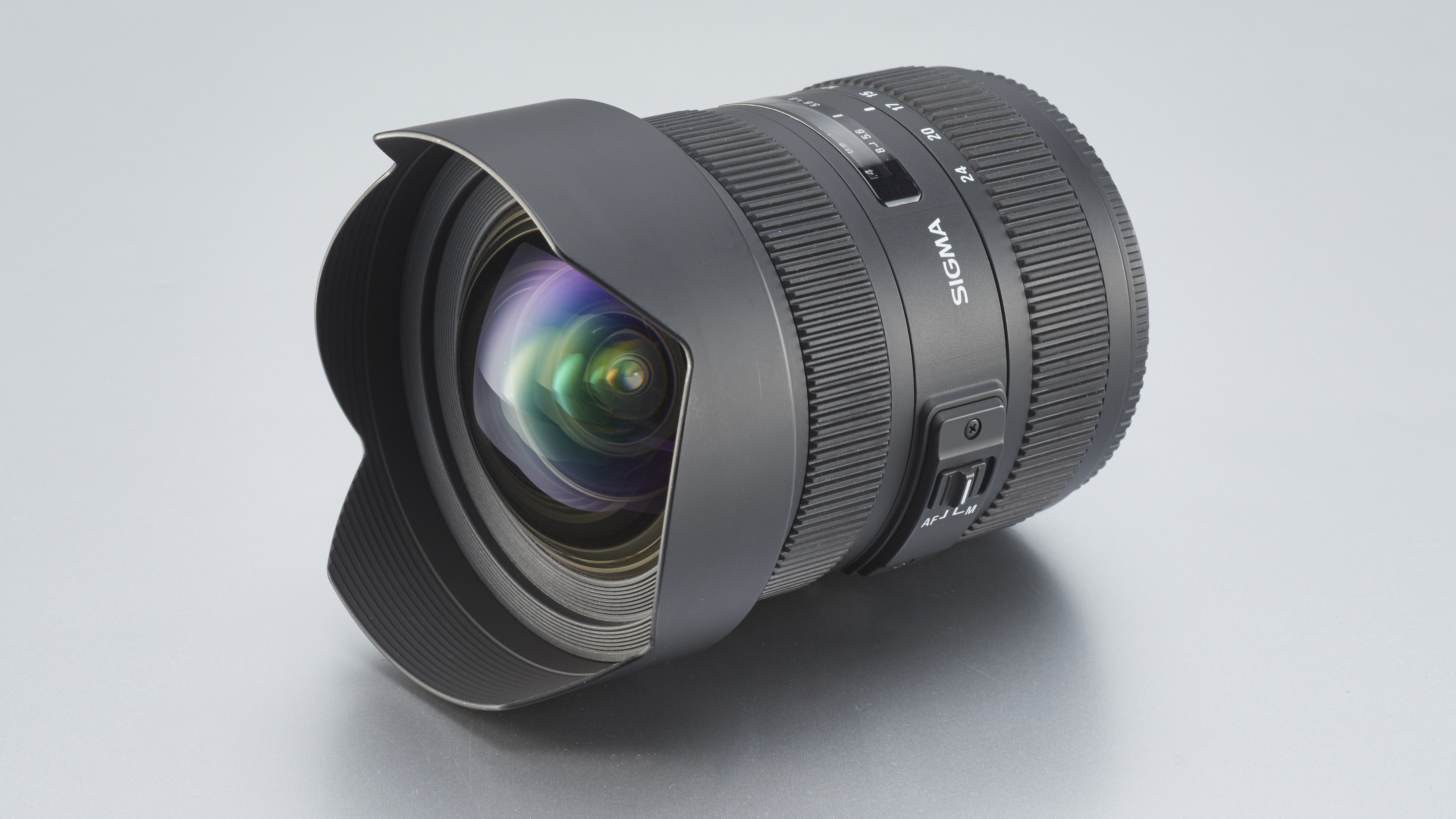
5. Sigma 12-24mm f/4.5-5.6 DG HSM II for Nikon
Specifications
Reasons to buy
Reasons to avoid
This is like the full frame equivalent of the APS-C format Sigma 8-16mm. With a 122-degree viewing angle at its shortest focal length, the maximum viewing angle is wider than anything else available for full-frame Nikon DSLRs without resorting to a fisheye lens. The Sigma 12-24mm offers ring-type ultrasonic autofocus and delivers excellent center sharpness throughout the zoom range, though this does drop off at the extreme corners of the frame when using wide apertures at very short focal lengths. Barrel distortion is quite well controlled though – this is often a weak point in super-wide-angle lenses. The variable maximum aperture isn't ideal and there's no image stabilizer, but if the maximum possible angle of view is your main requirement, you might want to put this lens up towards the top of your list.
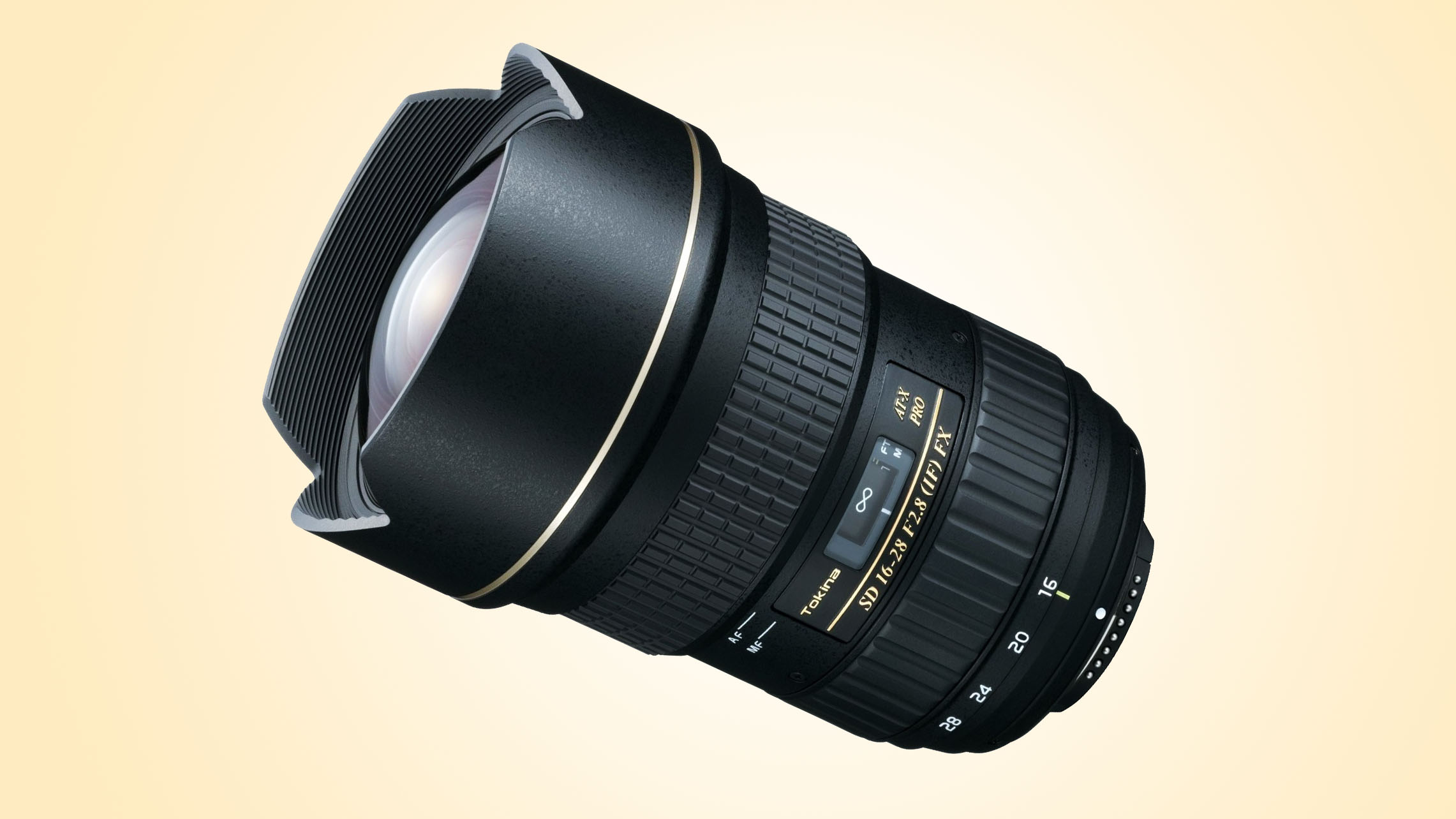
6. Tokina AT-X 16-28mm f/2.8 PRO FX for Nikon
Specifications
Reasons to buy
Reasons to avoid
This is a big, heavy lens weighing nearly kilogram (2lb), due in part to that fast f/2.8 constant aperture. The Tokina employs a 'silent' DC autofocus motor and GMR (Giant Magnetoresistance) module, and the company claims this gives faster, quieter autofocus. It's certainly true compared with some of Tokina's older lenses. This lens has Tokina's trademark 'one-touch focus clutch' – essentially a push-pull mechanism coupled to the focus ring, for switching between autofocus and manual focus. It's slicker than some because you don't need to switch between AF/M on the camera body or lens. Handling and image quality are very good, with high levels of centre sharpness and restrained colour fringing, though the corners could be sharper. The built-in hood helps to avoid ghosting but precludes the use of filters.
- 1
- 2
Current page: Best wide-angle lenses for Nikon FX DSLRs
Prev Page Best wide-angle lens for Nikon DX DSLRsGet daily insight, inspiration and deals in your inbox
Sign up for breaking news, reviews, opinion, top tech deals, and more.